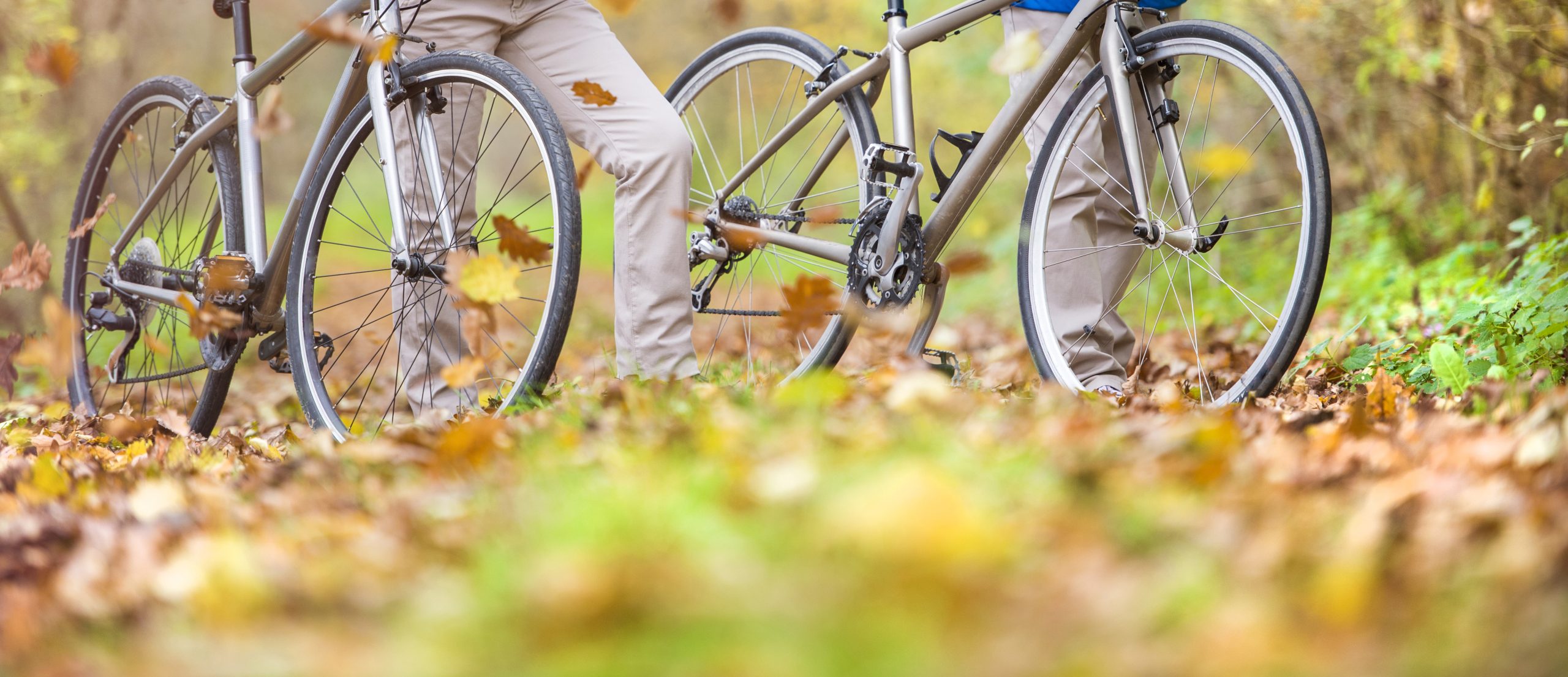Are you ready to catch the biggest trout in your local river or lake? If so, then this blog post is for you! Trout fishing can be a fun and rewarding activity that allows you to spend time outdoors while enjoying some peaceful moments on the water. In this article, we will cover everything you need to know about how to catch the largest trout in your area. Let’s get started!
Introduction to Trout Fishing:
Trout are freshwater fish that belong to the salmon family. They are known for their beautiful colors, ranging from greenish-blue to brown with spots or red stripes. There are several species of trout, including rainbow trout, brook trout, brown trout, and more. Trout are typically found in cold, clear streams and rivers as well as lakes and ponds. They feed on insects, crustaceans, small fish, and other organisms.
Choosing the Right Bait and Tackle for Trout Fishing:
When it comes to bait and tackle for trout fishing, there are many options available. Some popular choices include worms, minnows, flies, lures, and baits made specifically for trout such as PowerBait or Gulp!. It’s essential to choose the right size and type of hook depending on the size of the trout you want to catch. A good rule of thumb is to use smaller hooks for smaller trout and larger hooks for bigger ones. You should also consider using lightweight rods and reels since trout tend to put up a fight when they are caught.
Finding the Best Spots to Catch Trout in Your Local River or Lake:
To find the best spots to catch trout, look for areas where there is plenty of food and shelter for them. This includes places like undercut banks, rocky ledges, fallen trees, and deep pools. Another great spot to try is near inlets or outlets of the body of water you are fishing in. Here, the flow of water brings nutrients and oxygen which attracts trout. Remember not to overfish one spot; instead, move around to different locations throughout the day.

How to Set Up Your Rod and Reel for Trout Fishing:
Setting up your rod and reel for trout fishing requires careful attention to detail. Start by selecting the appropriate line weight and test strength based on the size of the trout you plan to target. Then, tie on a suitable leader and tippet, taking into account the depth and speed of the water you will be fishing in. Finally, attach your chosen bait or lure to the end of the leader. Make sure all knots are secure and tightened properly before casting out.
Techniques for Landing Big Trout:
Once you have successfully landed a big trout, it’s crucial to handle it carefully to ensure its survival. Firstly, bring the fish in slowly and steadily, avoiding any sudden movements that could cause injury or stress. Secondly, support the fish’s belly with your hand to prevent it from flopping around too much. Lastly, if possible, release the trout back into the water quickly to allow it to recover and thrive.
In conclusion, trout fishing can be an exciting and fulfilling pastime. By following these tips and techniques, you’ll be well on your way to landing the biggest trout in your local river or lake. Good luck and happy fishing!




